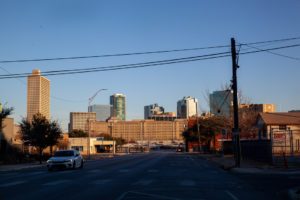
Photo by MADISON SIMMONS
Hemphill Street runs north to south through Fort Worth, weaving through neighborhoods on its journey between I-30 and I-20. I-35 roars along a few blocks to the east. To the west lies McCart Avenue and, beyond that, TCU country.
Mostly Hispanic businesses and neighborhoods line the street, and loose zoning has resulted in whimsical juxtapositions. Just south of Magnolia Avenue, small family restaurant Paul’s Donuts, Subs, and Gyros neighbors Cassata Catholic High School’s grand stone building. Across the street, you can find an auto body shop next to a mystic doing business out of a bungalow.
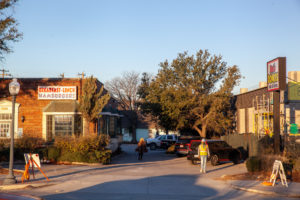
Photo by MADISON SIMMONS
The diversity, history, and proximity to already-gentrified, quickly growing areas have made Hemphill a hotspot for development. Residents and business owners, many who have been in the area for decades, know change has arrived.
“I’ve been in this part of this town for a long time,” said Virginia Murillo as she cut hair late Friday morning.

Photo by MADISON SIMMONS
Murillo owns Straight Edge by Virginia, a barbershop south of East Berry Street on Hemphill. She has owned Straight Edge for 13 years. The Fort Worth native started her career at a shop on Hemphill as a teenager.
“It hasn’t changed much in this part,” she said, referring to the south end of the street, “but it’s in the works. As long as it’s better for the area, it’s not a bad thing.”
Rent for her shop space has gone up, she said, but she does not blame the property owners. Property taxes have increased as the Hemphill real estate market heats up.
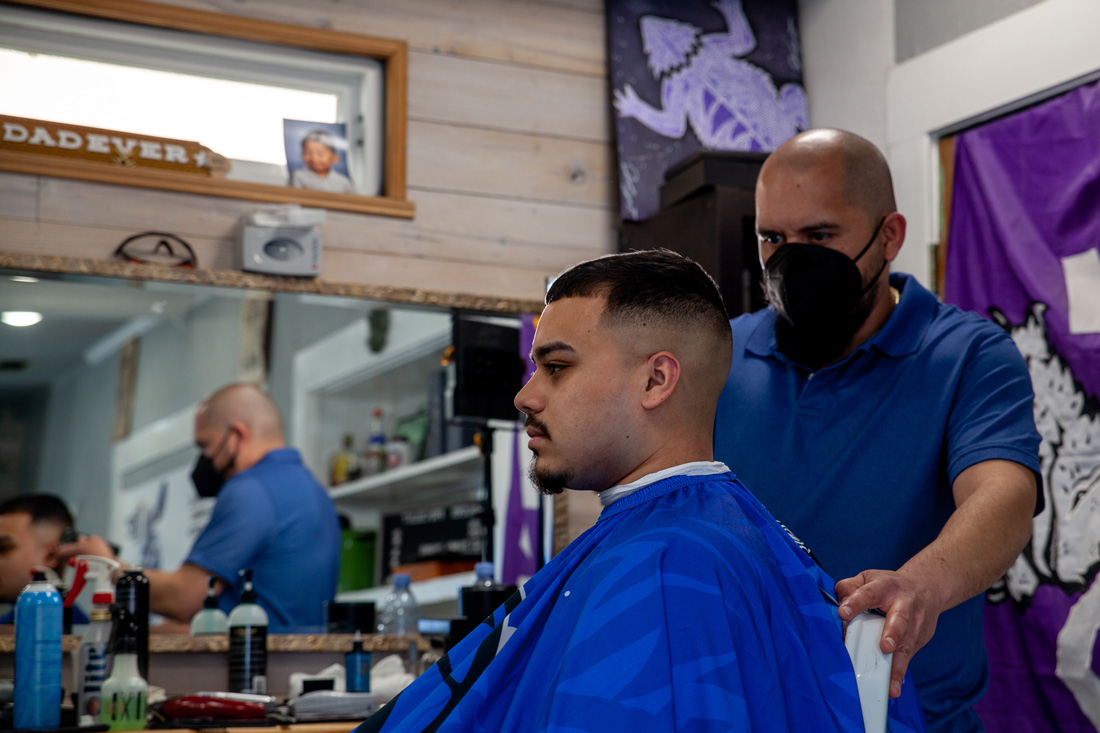
Photo by MADISON SIMMONS

Photo by MADISON SIMMONS
Rudy Avitia knows a lot about increased demand for real estate. Avitia ran The Barber for 10 years on West Magnolia Avenue. Just after he had decided to buy the property from his landlord, a new business concept beat him to it. Avitia packed his bags and moved around the corner to Hemphill Street.
He and his brother Ricardo Avitia grew up along Hemphill and still live in the neighborhood. They say they formed the grassroots group Hemphill No Se Vende to raise awareness of changes in the neighborhood and to protect the interests of the community.
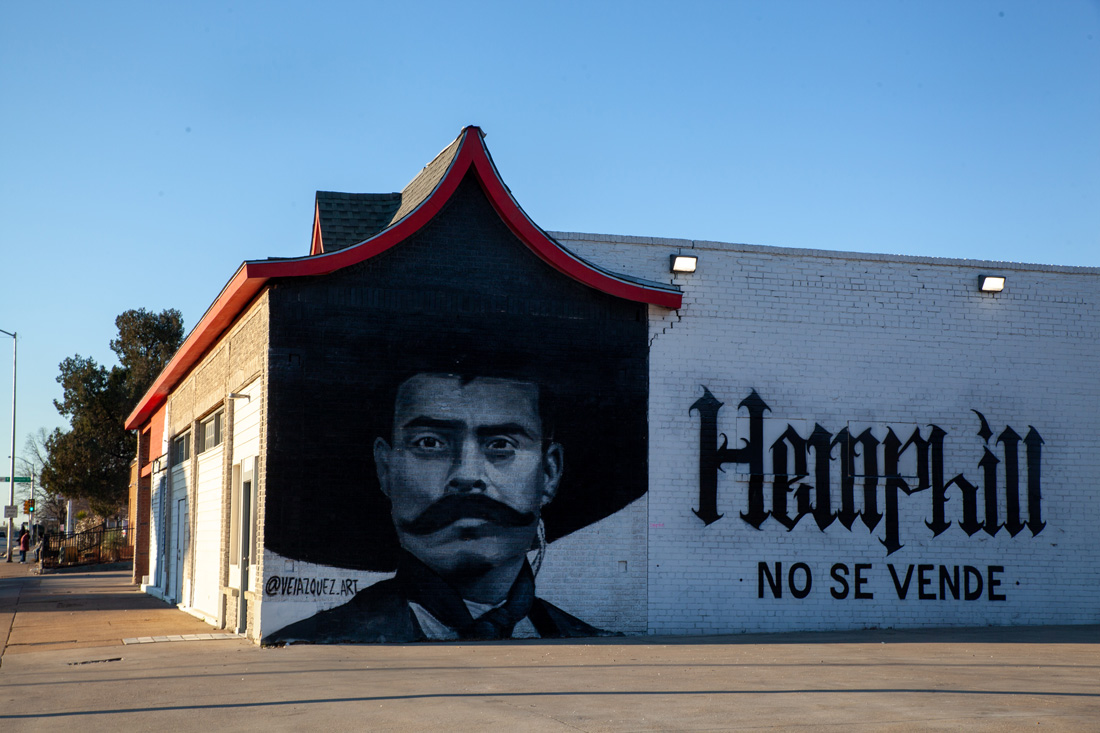
Photo by MADISON SIMMONS
“It won’t all change right away,” Avitia said while cutting hair Friday afternoon, “but it will change eventually. There will be more density, more traffic,” gesturing out the north window of his shop.
In October, city council approved Tobias Place, a 292-unit apartment complex that will occupy a 10-acre strip at the southeast corner of Hemphill and Biddison streets. Most of the units will be designated “affordable housing,” but Avitia has concerns about the density the project will bring to the already congested area.
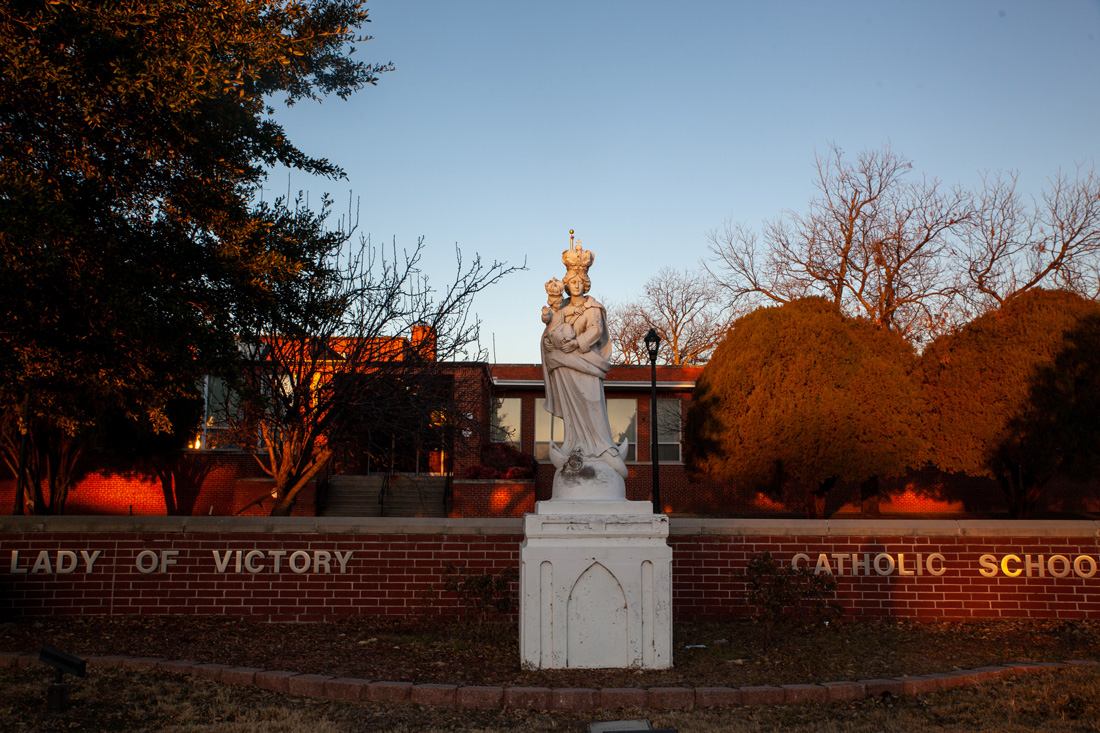
Photo by MADISON SIMMONS
Similar fears exist for the lot one block north. The Sisters of St. Mary of Namur closed Our Lady of Victory Catholic School last year. It is expected the order will sell the sprawling lot. Avitia said he does not think the existing, predominantly Hispanic community has much of a say in the development of their own community.
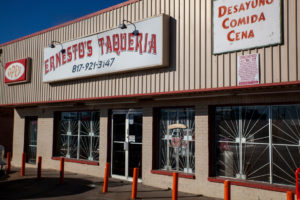
Photo by MADISON SIMMONS
Down the street at Ernesto’s Taqueria, manager Jacinto Gonzalez took a break from plating up carne asada and al pastor burritos to talk about changes in the neighborhood. Gonzalez, also born and raised in the area, said the biggest change has been congestion.
“Since they did the bicycle thing, traffic is hard,” Gonzalez said, “but you don’t see anyone on bicycles around here. I don’t know why they did that.”
In 2020, the City of Fort Worth converted the four-lane road into two lanes. The extra room went to widened sidewalks and bicycles. The consensus from business owners was this: People still drive too fast and recklessly, traffic is worse, and no one appears to be using the bike lanes with any regularity.
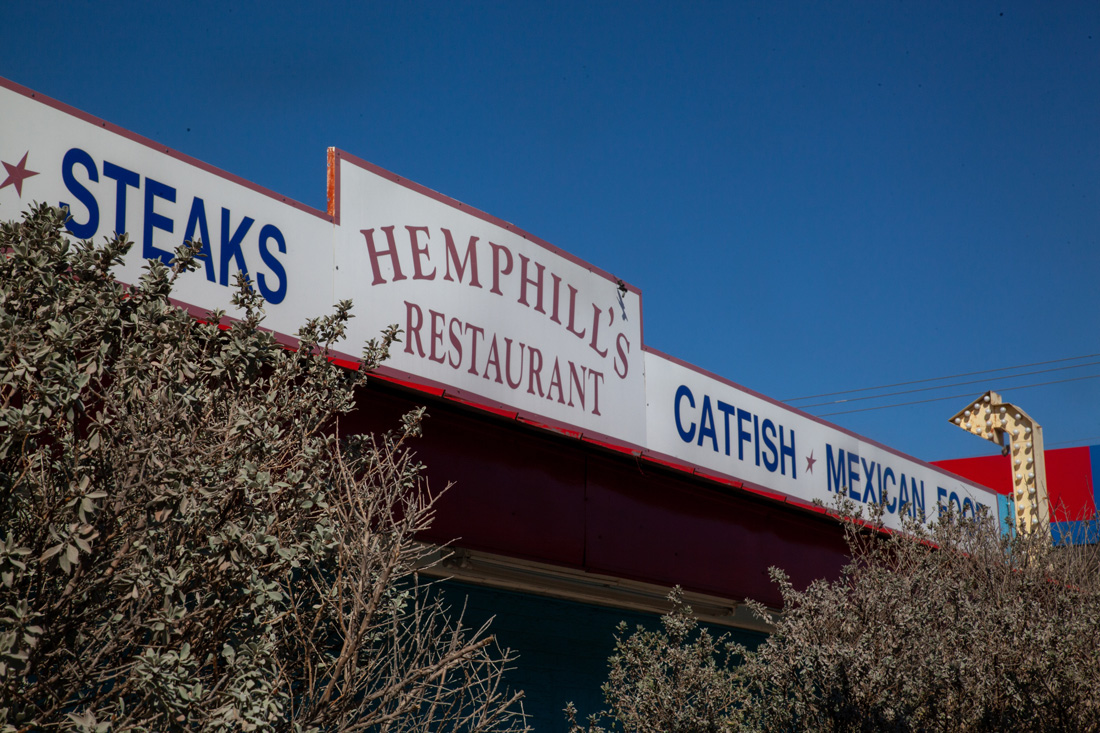
Photo by MADISON SIMMONS

Photo by MADISON SIMMONS
But sometimes changes just take time. Mohammad Khan, owner of area staple Hemphill Restaurant, talked to me in between seating customers, making small talk with regulars, and running iced teas and plates heaped with chicken-fried steak to the tables of his small cafe. Khan’s family has owned the restaurant for 40 years and has seen some of the changes firsthand.
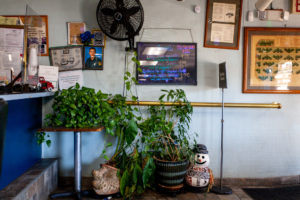
Photo by MADISON SIMMONS
“You know, change is scary, especially in an old neighborhood,” he said. “It’s like, ‘Oh, my God, what’s going on, how is this happening, why is this happening?’ It’s scary, but it’s cool. You see old and new. It’s a really fun combination. I love it.”
Khan said that as a business owner, he does not feel he has much say in the city’s plans for the street.
“Look, when you have an agenda, it doesn’t matter,” he said. “They’re going to do what they’re going to do, but I love seeing small businesses like myself thriving… You keep pushing and pushing and pushing and pushing.”
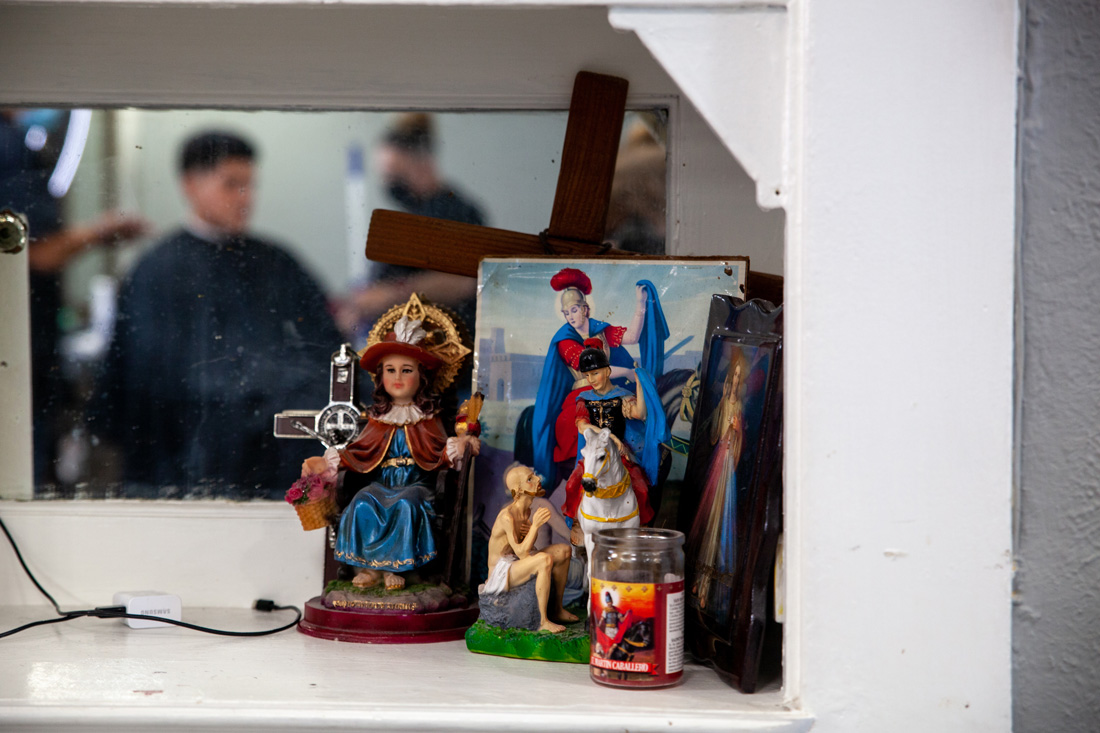
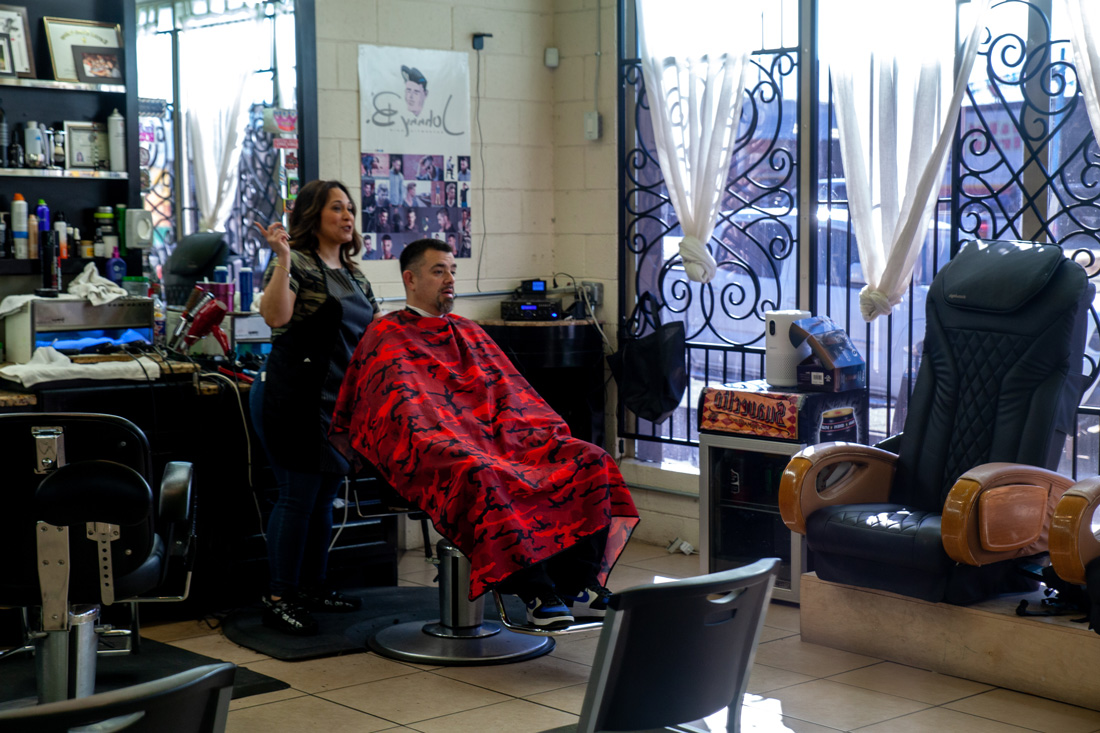
Photo by MADISON SIMMONS



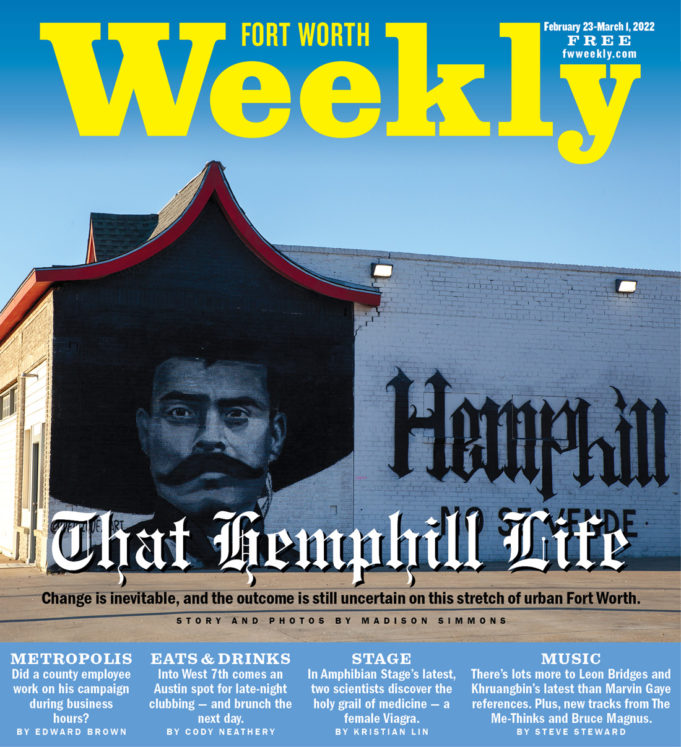


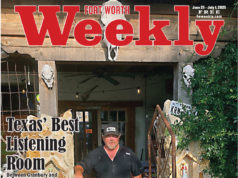
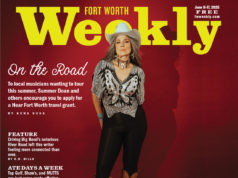





My family has been living off Hemphill for 50 years. We actually like the lane reduction. It has slowed down all the crazy drivers that kept hitting people.
We should have passed the zoning to protect Hemphill though. There is a lot of neglected, dilapidated buildings that I won’t miss. If only new development would take the culture of the area in mind with their new buildings. Both architecturally and in what they bring in. Wouldn’t the zoning have protected that?
You know two years ago 2019-2020, the local Hemphill St. neighborhood associations were ready to put in restrictive zoning to protect the neighborhoods, the cool older structures, and limit the height of buildings along Hemphill St. The zoning would have given veto and building modification power to the local community through the neighborhood associations. A good way to help preserve the local culture and family businesses on the street.
The really sad thing is outside individuals and Hemphill No Se Vende created so much misinformation and hype that they brought more unwanted attention to Hemphill St. from outside investors saying, “Look! Next place to build.” When they pushed to reject the protective, neighborhood-centric zoning, they opened the floodgates to outside investors. Now, a half dozen projects are done or in the works along Hemphill St. and the neighborhoods have no project approval.
That is just sad that by blocking the previous neighborhood zoning they actually helped speed up development and gentrification in our community.
We still need more protection for our homes and local family businesses.